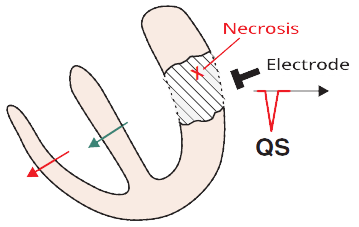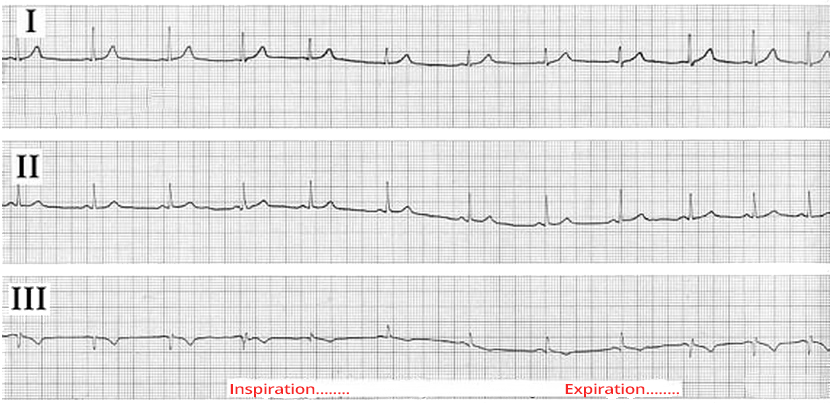
|
ECGbook.com Making Medical Education Free for All |
Upload ECG for Interpretation |

|
ECGbook.com Making Medical Education Free for All |
Upload ECG for Interpretation |






Nomenclature of the QRS Complex

Physiological Q Wave and Sinus Rhythm

Physiological Q Wave and Sinus Rhythm

Pathological Q Wave and Old Infarction

Positional (Respiratory) Q Wave
Sources
Mechanism of Q Wave Formation
|

|
Limb Leads and Q Wave
|
 |
Precordial Leads and Q Wave
|
 |
ECG and Q Wave
|

|
Pathological Q Wave
|

|

Nomenclature of the QRS Complex

Physiological Q Wave and Sinus Rhythm

Physiological Q Wave and Sinus Rhythm

Pathological Q Wave and Old Infarction

Positional (Respiratory) Q Wave
Sources